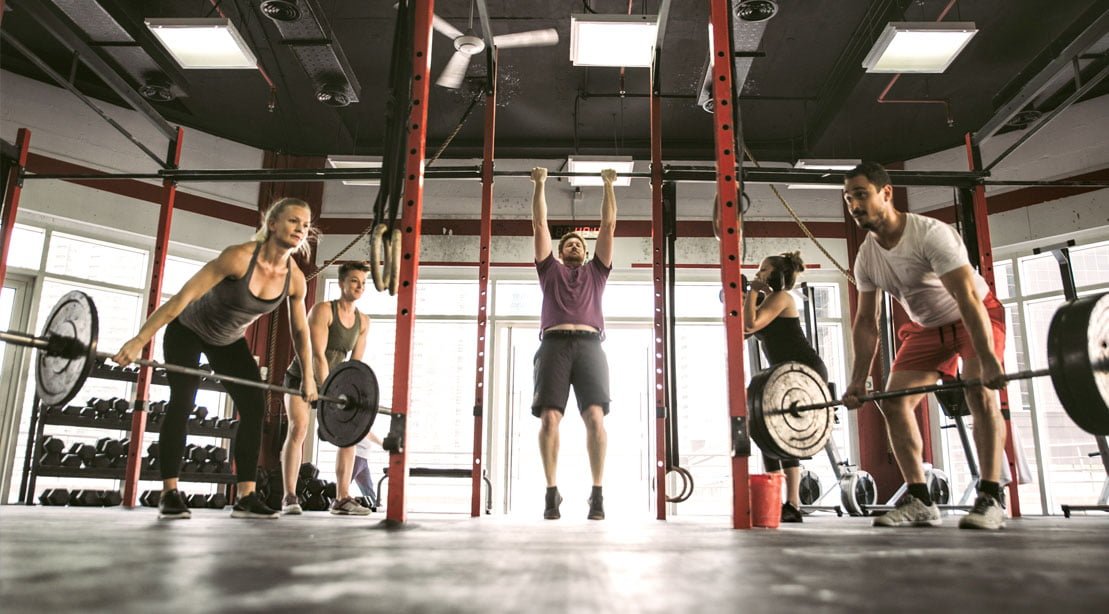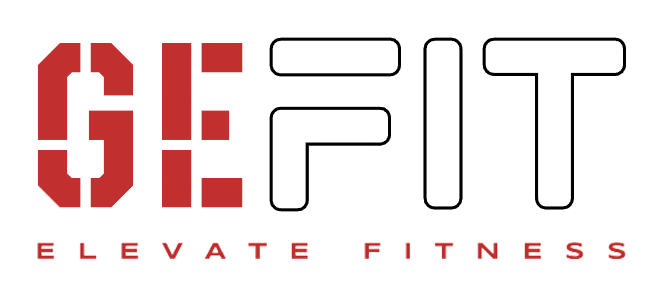
Here’s Why Functional Fitness Can Work for Everyone’s Training Routine
Most of us have heard the term “functional fitness.” It’s been associated with all kinds of fitness trends. When the phrase first became popular, it seemed like it was practically all about performing an insane variety of gym circus tricks—you know, like balancing on air-filled discs while pressing a weight unilaterally with one eye closed, jumping from the ground to a Swiss ball, and so forth. It was moving weight in every conceivable plane of motion, while standing on one leg the whole time. If you were using a machine, there was nothing functional about you.
Kettlebells were the next “new” shiny object to pop into view, and they were cool and unusual (even though they’ve actually been around for a very, very long time). Swinging a kettlebell was the end all, be all for functional fitness, and the two major kettlebell camps—hardstyle vs. competition style—engaged in a weightroom war with each other as to whether the other modality was legitimate.
Rotational strength then made a resurgence—everything from Indian clubs to macebells to Bulgarian bags were the epitome of functional fitness, and everyone who was anyone seemed to be swinging something around their heads.
At some point, it finally became acceptable that the big lifts—deadlifting, bench press, overhead press, barbell squat—were potentially pretty darn functional, and popular training methods shifted back to barbell lifts and powerlifting.
What does all of this mean? The fact of the matter is, the fitness world runs in cycles. People are always looking for the next big thing—the thing that will get them results even quicker than every other previous promise of 8-minute abs. In my 28 years of experience in the fitness world, though, I find that very few people really have a solid understanding of what kind of results they’re actually looking for.
When someone walks into my gym and we chat about what they’re hoping to achieve, a very common thing they will tell me is, “Well, I want to get strong.” To which I will reply, “Cool! What does strong look like to you?” And then there will inevitably be a confused silence while they ponder that. “Good question,” they’ll respond. “Um. I guess I just want to lift more.” “Lift what, exactly?” I’ll respond. And then there will be another awkward pause while they ponder that as well. So I will follow up with, “What kinds of things do you do in your average week?”
This is where we start to understand what, for this person, functional fitness actually means.
What Should Functional Fitness Mean to You?
In my years in the gym, I’ve worked with everyone from professional athletes to kids to great grandparents to people who wanted to lose over 100 pounds. I’ve worked with celebrities and I’ve worked with people who had been phenomenally sedentary for years. Each of these people would absolutely have a different focus when it came to what their goals, abilities, and workouts might look like. A hall of fame jockey is going to have a very different training program from someone who works in an office and wants to have the energy to play with her kids. I’m personally a touring metal musician, and I need stamina and strength to run around on stage and do backbends while singing full voice. That takes a whole different level of training than someone who simply wants to squat without pain.
Does that mean that standing on one leg on a BOSU isn’t functional? Does it mean that all that kettlebell training and Indian club swinging was a waste of time? Absolutely not. Everything in training is an “it depends” issue. What is it that you’re trying to achieve? Does it help with that? Great! Have at it! Are you just wanting to mix it up? Nothing wrong with that, either. Sometimes we just want to play with something different.
Here are a few functional benefits of common training modalities. If they suit your needs, keep on doing them. But, what if they don’t suit your goals? You can continue enjoying them, keep on doing them. If you feel pain when you do them, or they make you miserable in some way, find another way to train what you’re trying to train that doesn’t cause you harm. Remember that there is no exercise anyone HAS to do—there’s always another way.
Balance Training (standing on unstable objects or on one limb)
Pros: Can help with ankle, knee, and hip stability. Can help improve proprioception. May help reduce risk of falling.
Cons: You will be limited as to how much weight you can lift when your balance is compromised, so you may not have great strength benefits if you only train in this way.
A few sample exercises:
One-arm, single-leg deadlift
Single-leg lunge (supported)
Pistol squat
Functional Fitness Rotational Exercises (clubs, mace, Bulgarian bag, etc)
Pros: Can be a lot of fun! Have benefits in improving grip strength, shoulder strength at a variety of angles. Some modalities, like Bulgarian bags, may have a cardiovascular element. Can support throwing, pitching, and racquet sport skills. Can improve coordination skills.
Cons: require special equipment. Some movements can take a while to learn. Not uncommon to hit oneself with the implements.
A few sample exercises:
Bulgarian bag and ball techniques
Indian club mills
Kettlebells
Pros: Have a number of different functions—can be very versatile. Have a cardiovascular component when doing “ballistic” drills such as swings, cleans, and snatches. Help improve grip strength. In pressing movements, help improve posterior chain strength and stability. Swings can improve hip power and strength.
Cons: Some movements are complex and take a while to learn. Holding the kettlebell properly can be painful on the back of the arm at first and may cause bruising.
A few sample exercises:
Kettlebell swings
Kettlebell snatch
Kettlebell clean

